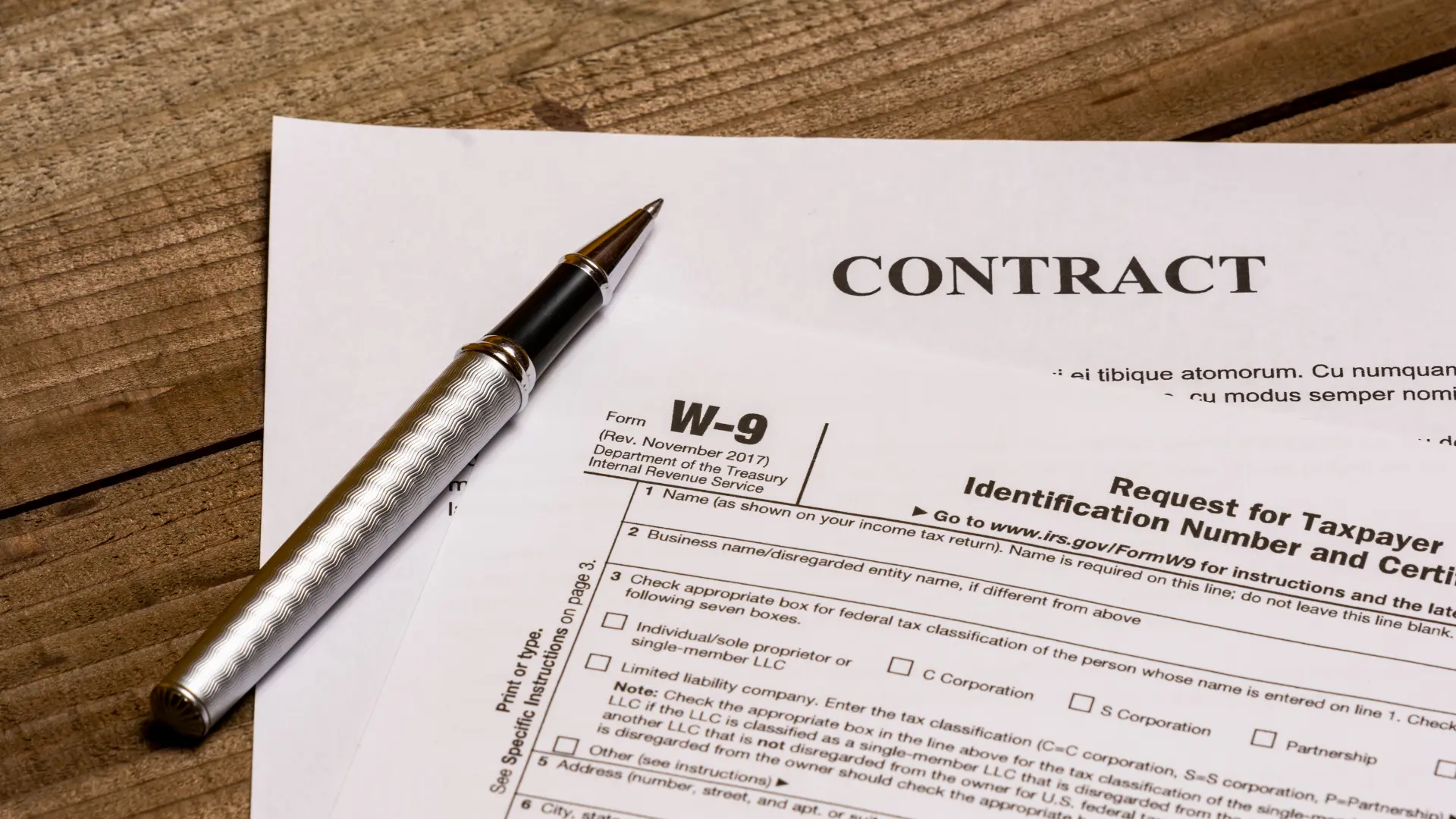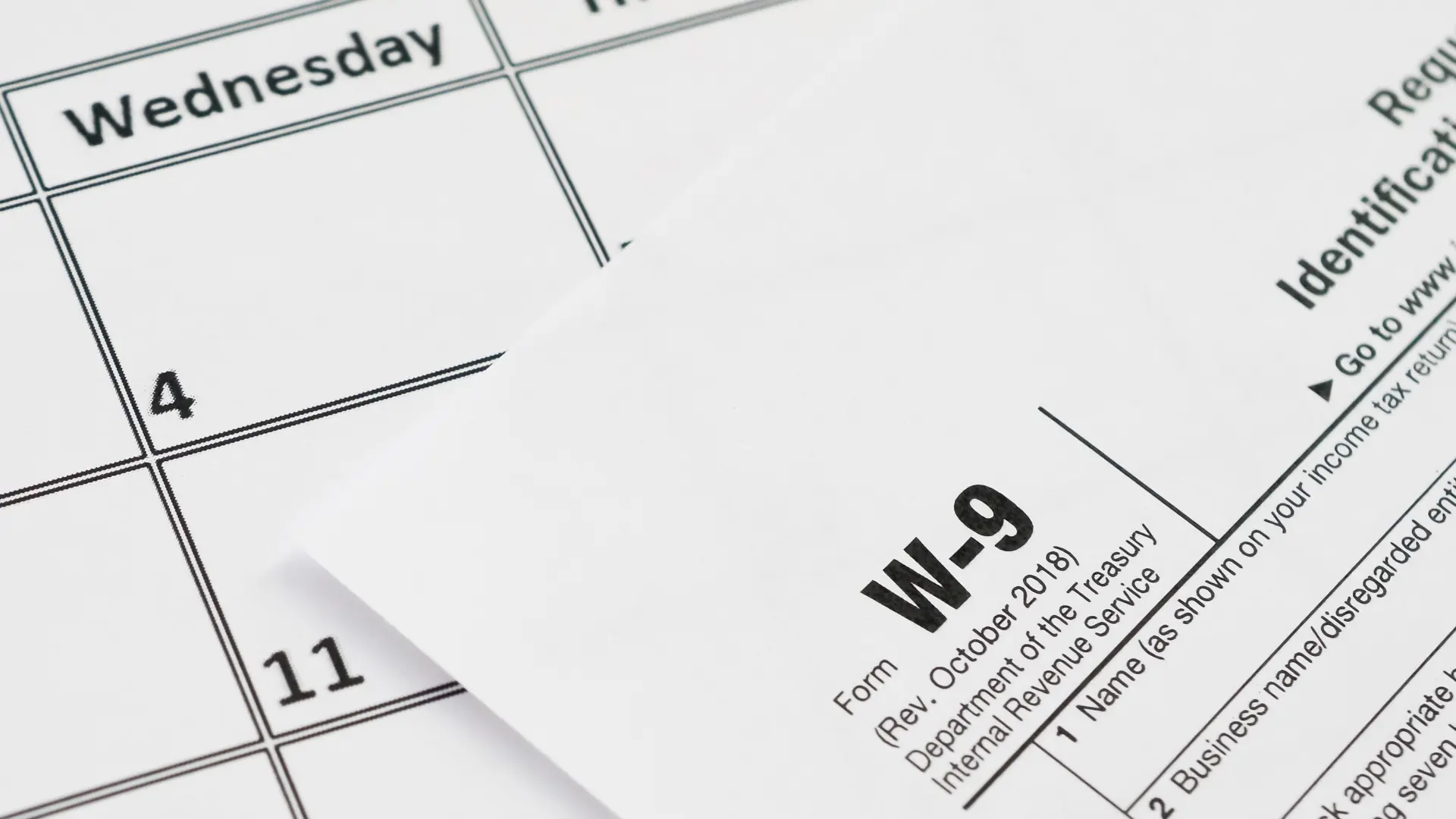In the landscape of tax-related forms, there exists the W-9 Form – a pivotal document that businesses and independent contractors alike should be familiar with. But what exactly is a W-9 form, who files it, and why is it so important? In this guide, we put into perspective all the ins and outs of filling out this essential piece of tax documentation, helping you understand everything about the W-9 filing.

Regulated by the Internal Revenue Service (IRS), the W-9 Form, also known as Request for Taxpayer Identification Number and Certification, constitutes part of the tax documentation in the United States. This form is primarily requested by a third party who either makes payments to you, or uses you as a deductive expense on their tax documentation.
In essence, the form provides crucial tax information about the contractor, freelancer, or independent worker, bolstering the tax-paying process’s transparency. However, how can you efficiently file forms, like W-9 form and successfully navigate the tax seas?
The W-9 form is commonly used in a variety of financial and employment situations in the United States where accurate taxpayer identification is necessary. Here are several scenarios where you might need to use a W-9 form:

Filing W-9 doesn't have to be a cumbersome process. Here’s a detailed step-by-step guide on how to fill it out:
Download the W-9 Form from the Internal Revenue Service (IRS) website.
Check the appropriate box for your federal tax classification (e.g., individual/sole proprietor, C Corporation, S Corporation, Partnership, Trust/estate).
Exemptions: If applicable, fill out the exemptions codes for accounts opened by exempt payees.
List account number(s): If you are specifically requested to list information regarding current accounts, enter them here. This section is optional unless required by the requester.
Sign and Date the Form: At the bottom of the form, sign and date it to certify that the information is correct. This includes certification that you are not subject to backup withholding, or if you are, that you are exempt for a specified reason.
Submit the completed form to the requester, not to the IRS. Ensure to keep a copy for your records.

Unlike many other IRS forms, the W-9 form does not have a specific filing deadline because it is not submitted directly to the IRS. Instead, the W-9 collects taxpayer information by a third party who needs to report certain types of payments to the IRS. Here’s how timing generally works with the W-9:
Upon Engagement: A company or individual who needs to report payments to the IRS, such as payments for services rendered by a freelancer or independent contractor, will typically request a W-9 form at the start of the engagement. This ensures that they have the correct information for tax reporting purposes when needed.
Tax Return Filing Season: Although the W-9 itself does not have a filing deadline, it is closely associated with tax reporting deadlines. For example, if you are an independent contractor, the business that pays you will report the payments on Form 1099-NEC, which they must send to both you and the IRS by January 31st following the end of the tax year in which payments were made.
Updating the Form: If your taxpayer information changes (e.g., name, address, or taxpayer identification number), it’s a good practice to update your W-9 form as soon as possible and provide the new form to all parties from whom you receive payments.
Therefore, while there’s no official deadline for the W-9 itself, its timely submission is crucial to enable accurate and prompt reporting of taxable transactions and avoid withholding issues.